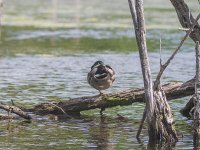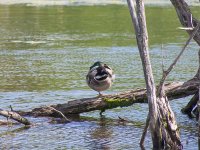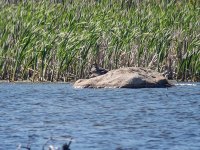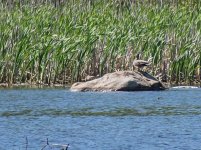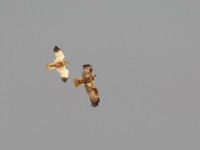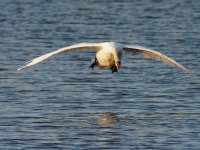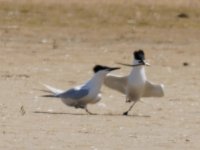Well... I really blew it this time ! I'm trying so much to get decent results like you guys without any success that I get all mixed up. In the last post, I demonstrated that my 2 high magnification scopes cannot do better than my 300 mm camera lens... After posting, I came back to the pictures and realized the non sense.
What's wrong ? Why can't I get results.
Let's look at the components. First, the photographer: I think I'm a decent photographer. Have a look at my Web site and I think you'll agree I'm not that bad:
http://julesgobeil.com/photo/portfolio/?lang=en
Then, there is the tripod and head. The tripod is a Benro Carbon C-168M8 and the head is a Velbon PH-157Q modified to take Arca-Swiss plates. I prefer to shoot low so I extend only the first 2 sections of the tripod legs. The setup is quite stable.
The camera is an Olympus OM-D EM-5. It works perfectly well with regular camera lenses and others have success using this model for digiscoping.
The Pentax PF-80ED with the Baader Hyperion 21mm eyepiece is very sharp as a spotting scope. I use the Olympus 12-50mm f/3.5-6.3 lens or the Sigma 30mm f/2.8. The lens is attached to the eyepiece by a stepping ring. First, I do a manual focus on the scope, then I take the picture on auto-focus.
The Astro-Tech 80ED 550mm is attached directly to the camera by a CNC T-Minus 2" Prime Focus Adapter for Micro 4/3. I also use a 2" 50mm extension tube to allow close focusing. It is very sharp when used as a spotting scope with a diagonal and the Hyperion 21mm eyepiece. Of course, it is manual focus only. For my tests I use all possible focus methods: 5X magnify, Focus peaking and bursts while slowly turning the focus knob on the scope. I take many pictures and keep the best one.
I don't understand what is wrong. Could I have 2 bad scopes ? Then, why are they sharp as spotting scopes ?
Can anybody help ?





